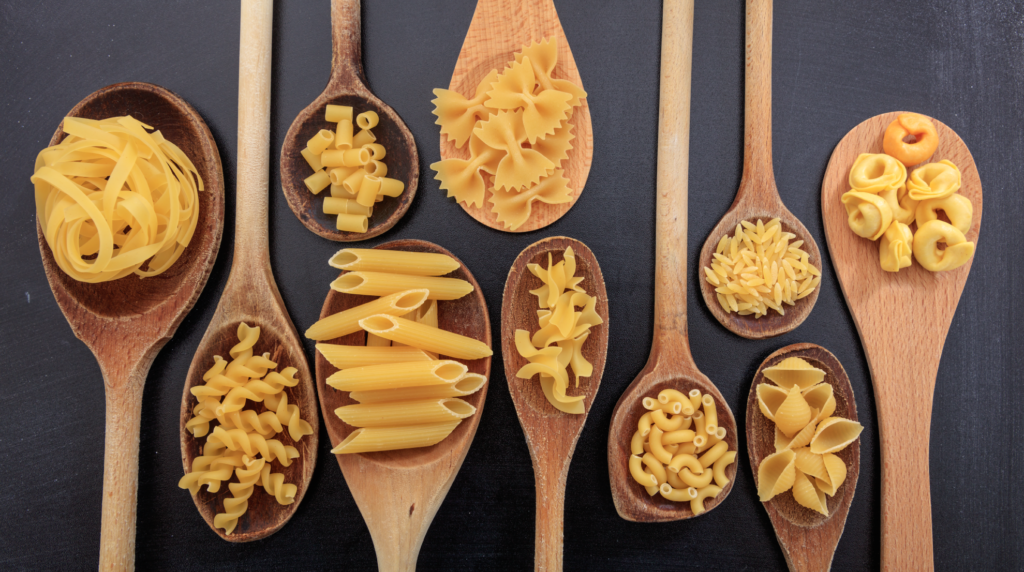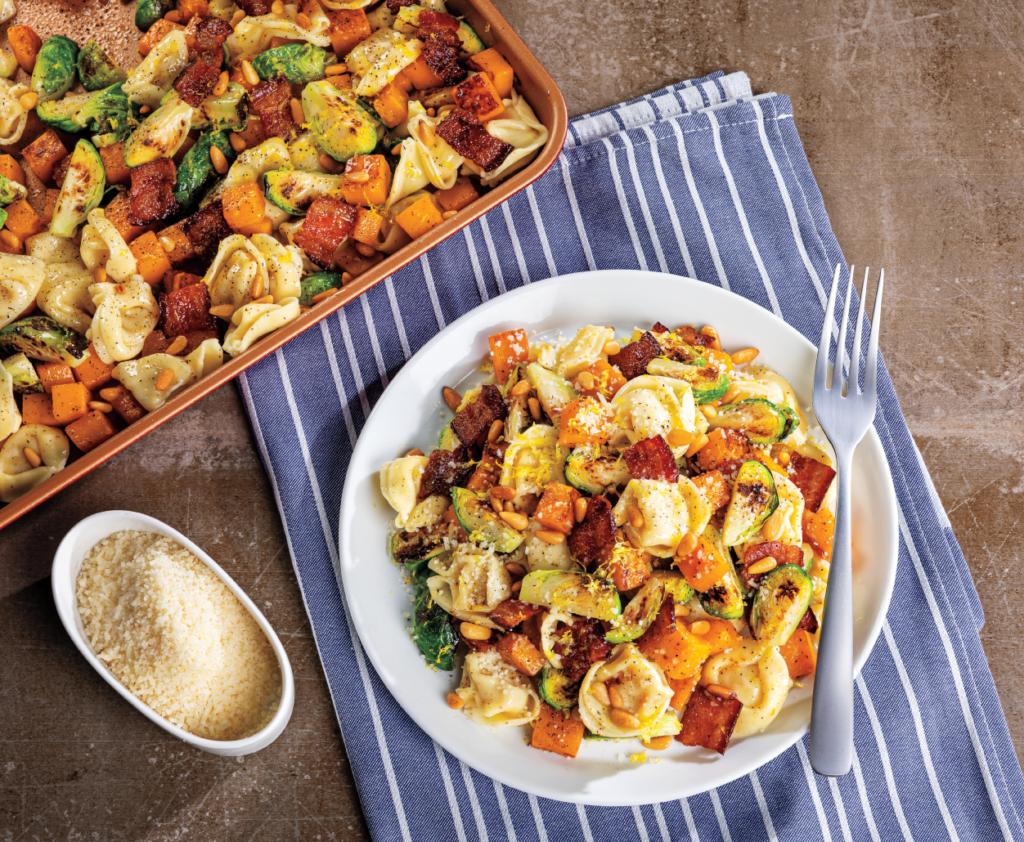
What Makes A Noodle A Noodle?
It’s National Noodle Day and we’ve set out to answer one very complicated question, what makes a noodle a noodle? The answer is more complicated than you may expect. However, the story of how a simple noodle grew into such great variety, becoming the base of an endless amount of our favorite dishes today is extraordinary.
It’s highly debated whether noodles were first invented in China or Italy. Many scientists and food historians say both, and due to lack of evidence, it’s pointless to argue otherwise. In 2005, Chinese scientists discovered a 4000-year-old bowl of pasta at an archaeological site in Lajia, China. Noodle enthusiasts everywhere were jumping for joy, as it seemed to be the earliest example of a noodle in history. Scientists believe that the noodles were made of two kinds of millet, which are similar to the wheat grains that Chinese noodles and European pasta are made from today. However, scientists said it was not enough to confidently credit China with inventing the noodle.
On a quest for some answers, American food writer Jen Lin-Liu set out on a six-month trip in 2010-2011, researching noodles from Beijing to Rome, traveling along the Silk Road. She determined that noodles were documented in China earlier than anywhere in the western world. In China the earliest documentation appeared around 300-200 BC, while in the west early documentation came around 500-600 AD. Len-Liu says because of this the Chinese probably were the first to eat noodles, but that doesn’t mean they “invented” the noodle, or the pasta we enjoy today.
Barbara Santich, a professor at the University of Adelaide backs Lin-Liu, claiming there is a lack of historical evidence as to who can officially claim the noodle. She also says that Chinese noodles were made with soft wheat back then, so there is no way they could have begun making the dried pasta we enjoy today. Therefore, she adds, “Chinese noodles did not develop into what is now known as Mediterranean pasta, and pasta did not make its way from China to Italy.”
According to Santich, European pasta dates back to Greek literature, from the word “itri” or “itria” meaning a flour and water dough that’s rolled into thin sheets and cut into strips. Noting that Syria was at one time a Greek colony, these mentions transferred to Arabic. Also, the Arabs conquered Sicily and southern Italy, so it’s possible the Arabs brought pasta to Italy, exported it around Europe, and that exportation led to the various styles we have today, such as macaroni, tortellini, and ravioli.

This all becomes fuzzy because of the vagueness of the word “noodle.” A “noodle” is defined as a long, stringy substance, but the word was evolved by the western world, making it seem synonymous, or closely related to the word “pasta.” So, long story short, Asians have been eating noodles, that probably first came from China, for many, many years, while Europeans enjoy pasta that was developed in the western world many, many years ago.
At Price Chopper & Market 32, we’re big fans of noodles and pasta, including our NEW Market 32 premium fresh pastas. We offer four great varieties including Four Cheese Tortelloni, featured in this delicious recipe for Sheet-Pan Butternut Squash, Bacon, & Brussels Sprouts Tortelloni. Pick up a package at your local store!
Source: https://www.sbs.com.au/food/article/2016/07/29/who-invented-noodle-italy-or-china


